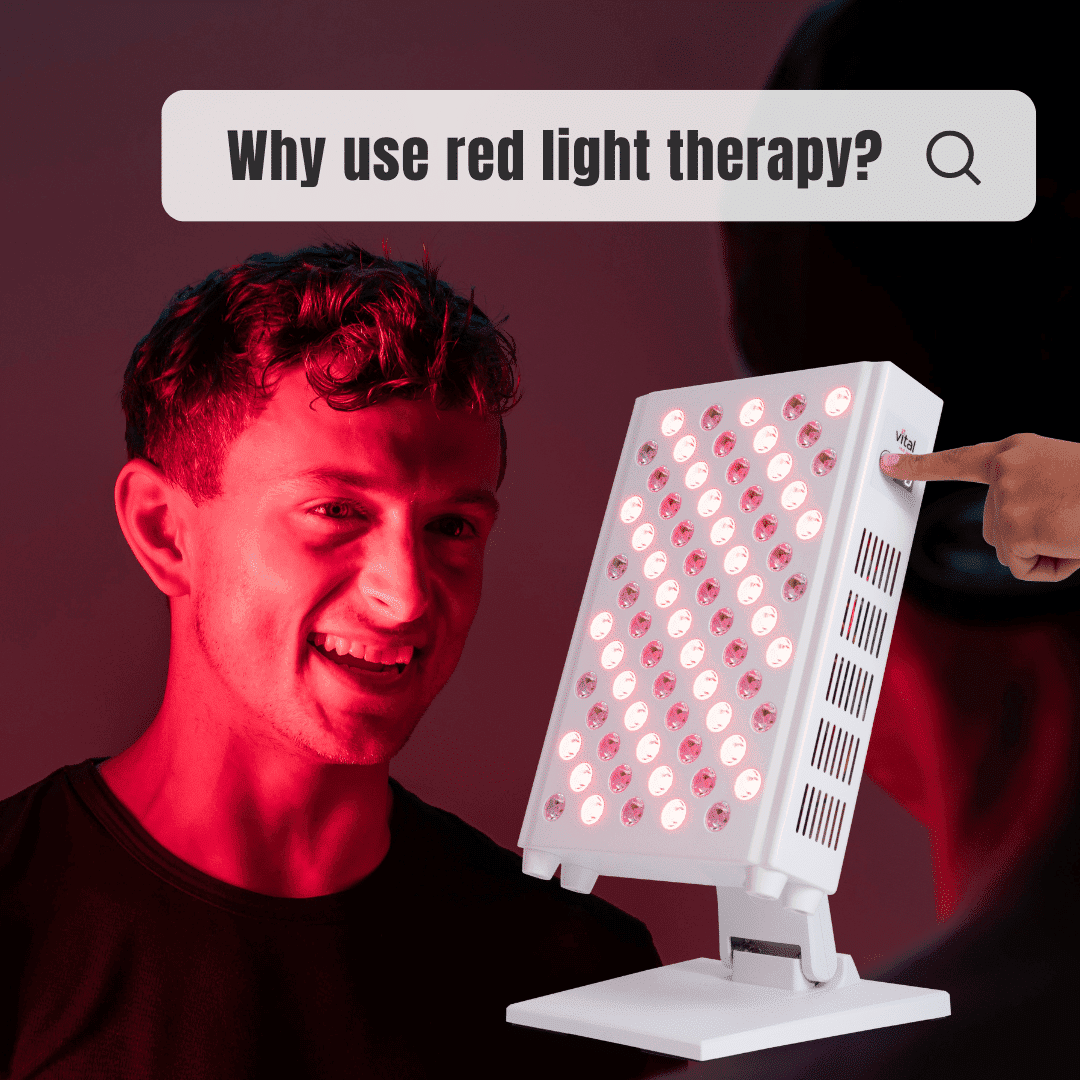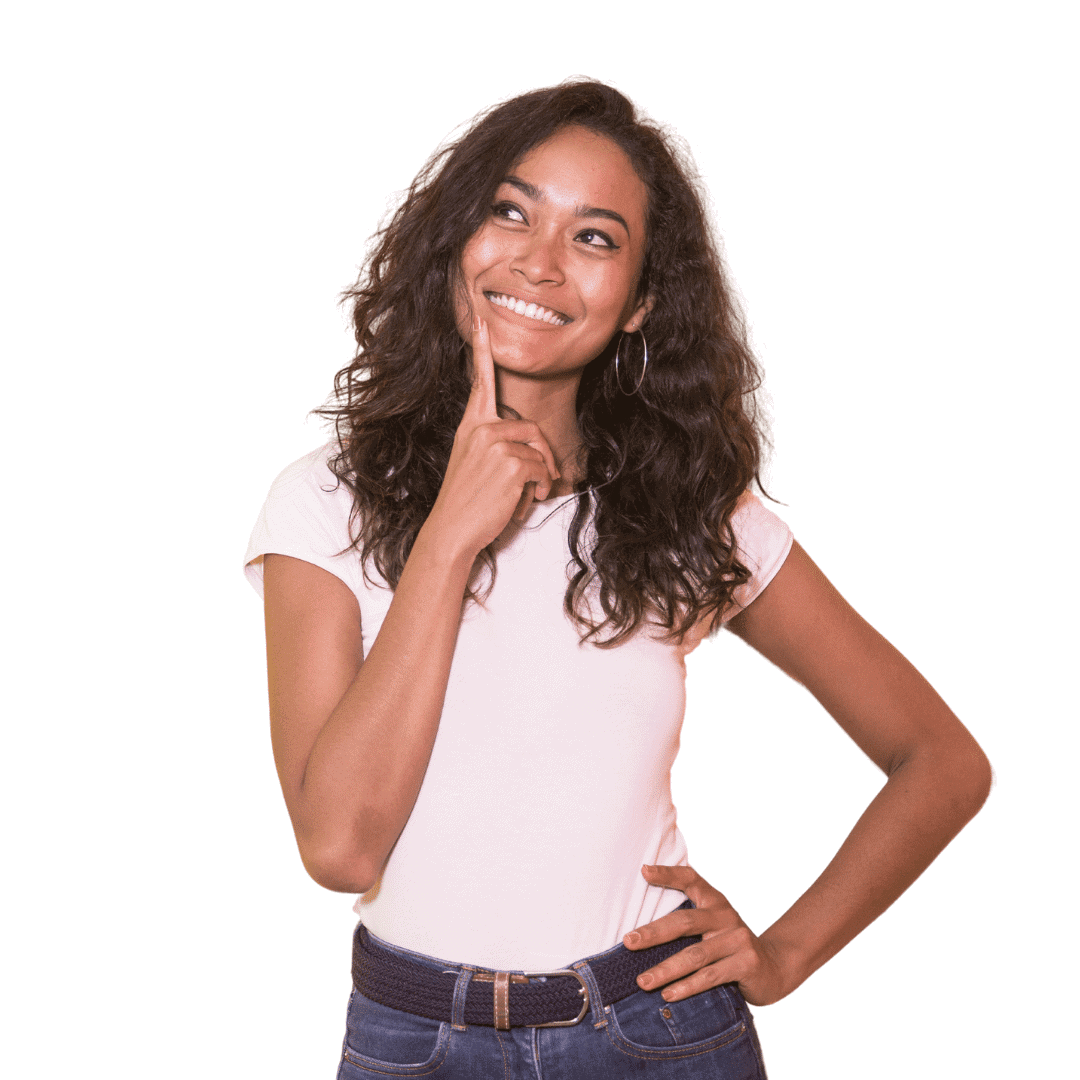- Jake Kreuz
- June 3, 2022
- Verified
Does Red Light Therapy Work?
Red light therapy is said to do everything from slow aging and improve your skin’s appearance to help you get over jet lag, overcome seasonal affective disorder, and boost muscle recovery. But does it really work? We answer these questions in this article.
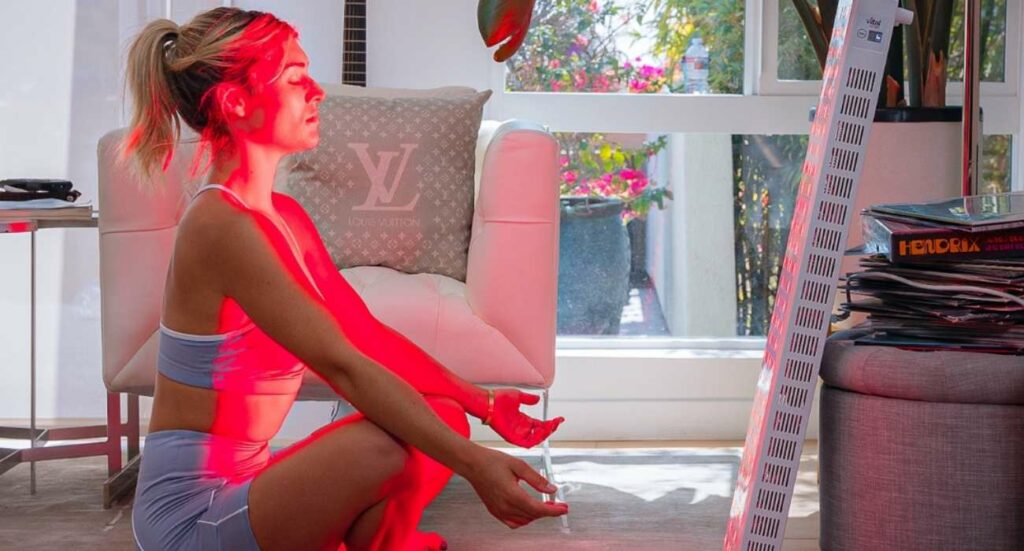
Red light therapy is a powerful treatment that uses specific wavelengths of red light to treat a variety of health conditions. While it’s not a new technology, it has become increasingly popular in recent years due to its ability to help with everything from jet lag to depression and seasonal affective disorder (SAD).
While you may have heard about the benefits of red light therapy before, you may also be wondering…does red light therapy work? And if so, how does red light therapy work?
If you have these questions on your mind, we’re happy to tell you that yes — red light therapy does work! We promise to go into more depth about the science behind that “yes” below, but let’s first dive into what red light therapy is so you can better understand the pros and cons of this approach to therapy and how it can improve your health and your life in general.
How does red light therapy work?
Red light therapy is a general term that encompasses a wide range of devices that use a variety of different wavelengths and dosages to achieve all kinds of results – from healing wounds more quickly to reducing the side effects of radiation and chemotherapy [1].
Because of the range of applications of this type of therapy, questions are often raised including “What is red light therapy?” and “How does red light therapy work?”
So, let’s get into it.
Red light therapy is a healing modality that works by stimulating the mitochondria in your cells to function at a higher level and produce energy more efficiently. In short, red light therapy energizes your body and its cells. It does this by way of being absorbed by your skin, which leads to skin rejuvenation and healing. Infrared light is able to penetrate more deeply beyond the layer of skin and into your tissues, muscles, and body to aid in reducing pain, inflammation, healing, and more. It does this by activating your stem cells to repair and heal [2].
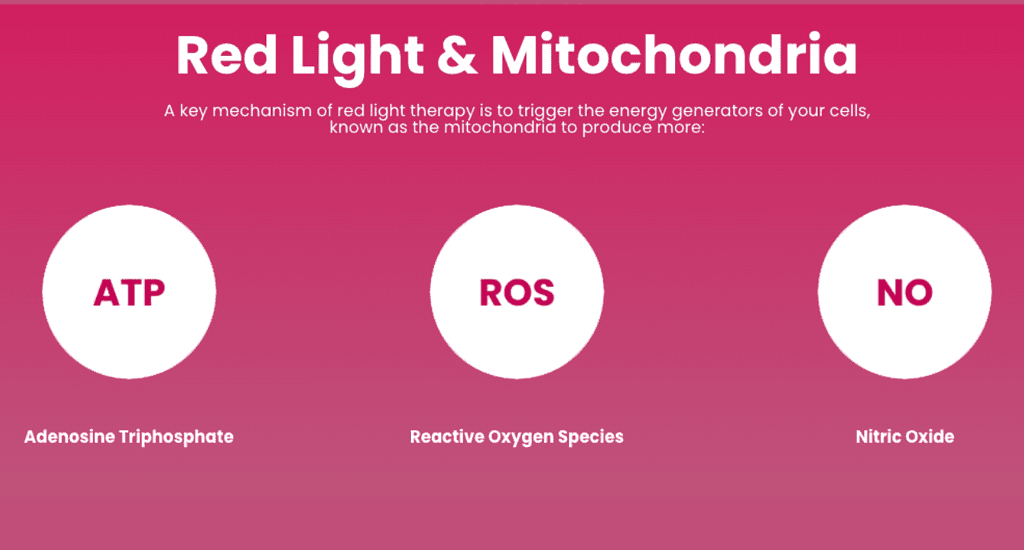
Does red light therapy work, though? Here’s what the science says…
Now that you know a bit more about red light therapy, it’s time to address the elephant in the room…does red light therapy work? While there is no shortage of positive reviews on red light therapy, reviews are no substitute for science and research.
According to the National Institutes of Health (NIH), red light therapy is backed by thousands of peer-reviewed articles. The National Institute of Health [2], NASA [1], the Mayo Clinic [4], Harvard Medical School [5], and countless other universities and organizations have done their own research on red light therapy to determine its efficacy for a wide range of issues.
The growing body of evidence of red light therapy benefits is stronger than ever as the world’s top dermatologists, estheticians, and salon experts are adopting the technology at a rapid pace. We are just scratching the surface of the power of red light therapy on human health. The results speak for themselves. So, let’s get into some of the evidence-based research supporting the fact that YES – red light therapy does work!
The science-based benefits of red light therapy
Unlike conventional treatments that use drugs or surgery to address symptoms of a problem, red light therapy targets the source of the issue. As we touched on above, the light energy emitted by the device stimulates cells in the body to react positively and promote healing.
When this form of red light is used on the skin’s surface, the light penetrates between 8-11 millimeters into the body. So depending on where the red light is directed, whether it’s the face, limbs, or back, for instance, all of the surrounding layers of skin, lymphatic pathways, and blood vessels are modulated [6].
But there’s more to it than that.
Red light therapy is known to affect the cells that are responsible for generating energy in all living organisms, commonly known as mitochondria. These cell structures absorb light and use it to produce more energy in the form of adenosine triphosphate (ATP). ATP is what cells use for fuel.
The more available energy a cell has, the better it functions. Red light therapy works by increasing the amount of ATP within the cell so that your cells can perform at a higher level [3]. Because red light therapy works on a cellular level, its benefits can be seen throughout the entire body.
When red light therapy first hit the market, it was used to treat a variety of skin conditions, including hair loss [7]. But since its introduction, researchers have discovered that red light therapy can offer a wide range of health benefits.
Here’s what red light therapy can do for you…
The benefits of red light therapy are numerous and ever-growing. Research is ongoing, with scientists studying its effects on skin health, cellular regeneration, wound healing, inflammation, and more.
Currently, red light therapy treatments have been proven effective in fighting acne, improving rosacea symptoms, lightening age spots, and boosting collagen production. This is one of the best uses for this revolutionary light treatment – which is why we have a complete guide discussing red light therapy for skin.
But that’s not all it can do.
Below we break down some of the most significant findings of how red light therapy can help.
Want to learn more about why you should use red light therapy? Check out our detailed article that fully explains all the red light therapy benefits you stand to gain!
Now that you know red light therapy does work, how can you reap the benefits it has to offer?
You may have heard of red light therapy and its health benefits while visiting a health spa, a dermatologist’s office, or a functional medicine doctor. Until recently, if you wanted to reap the benefits of red light therapy, you had to either visit a clinic or invest in an expensive laser device.
These devices (known as low-level laser therapy, or LLLT) can cost anywhere from $5,000 to $40,000. And a single 15-minute treatment at a spa or doctor’s office could cost around $100 [8]. Getting treatments weekly for several months would end up costing you thousands of dollars. Because of this, it was not very feasible for most people to use red light therapy regularly.
Luckily, red light therapy has now become more affordable and accessible with the advent of LED technology. LED stands for “light-emitting diode.” LEDs are a type of semiconductor that emits light when an electrical current passes through it. Because they don’t overheat as lasers do, LEDs are safer and easier to work with than lasers. In addition to that, LEDs are the most cost-effective for at-home treatments.
Recent studies have shown that lasers are not any better than other kinds of lights with similar wavelength and power output. This means that affordable home devices like the Vital Red Light Vital Pro can provide the same great results as much more expensive lasers.
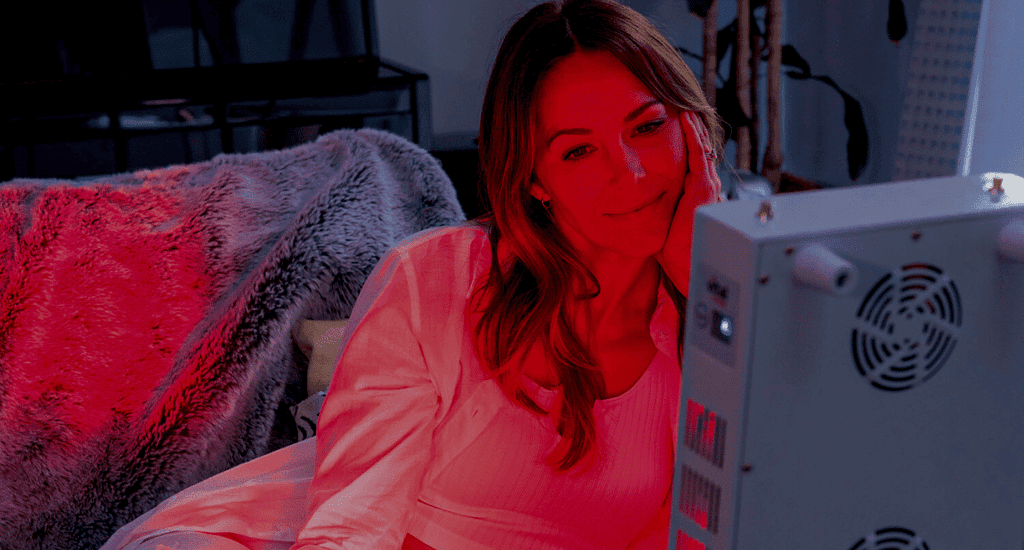
What is the best red light therapy device for at-home use?
Choosing a red light therapy device can be confusing and overwhelming. There are so many options out there and it can be difficult to know where to start. Unfortunately, there is a lot of misleading information as well, which doesn’t make the decision any easier. And no – we don’t recommend you simply use tanning bed red light therapy. You need a specialized medical device.
When you are looking to purchase red light therapy devices, you should be looking to purchase medical-grade lights or, even better, FDA-cleared lights. There are many different types of red light therapies on the market and in order to get the right device for you, it is important to understand how these complex devices work so you can make an informed buying decision.
Vital Red Light devices have a precise spectrum, have certified medical-grade power, are manufactured with the highest standards, and comply with safety and regulatory agencies. Buy red light therapy devices today and reap all the benefits of red light therapy for yourself!
So Does Red Light Therapy Work? Wrapping Things Up
So, does red light therapy work? As you can clearly see from the evidence we’ve laid out in this detailed article, yes – red light therapy does work. We wanted to provide you with scientific proof and evidence so that you could see for yourself how a red light therapy device has the power to change your life. As a quick reminder, some of the benefits you can gain from regular use of red light therapy include:
And much more
If you’re curious which red light device is best for you, check out the Vital Red Light options. We have three different devices that each serve a different red light therapy purpose. You’ll gain access to red light therapy handheld devices and red light therapy panels. We even have near infrared light therapy devices! Across our full lineup, you’ll gain access to devices all created with the same precision and care. All Vital Red Light devices are medical-grade and created for safe and effective use at home.
Citations
[1] Dunbar, Brian. “NASA Light Technology Successfully Reduces Cancer Patients Painful Side Effects from Radiation and Chemotherapy.” NASA, NASA, 3 Mar. 2011, https://www.nasa.gov/topics/nasalife/features/heals.html
[2] Avci, Pinar et al. “Low-level laser (light) therapy (LLLT) in skin: stimulating, healing, restoring.” Seminars in cutaneous medicine and surgery vol. 32,1 (2013): 41-52, https://www.ncbi.nlm.nih.gov/pmc/articles/PMC4126803/
[3] Cotler, Howard B. “A NASA discovery has current applications in orthopaedics.” Current orthopaedic practice vol. 26,1 (2015): 72-74. doi:10.1097/BCO.0000000000000196,
https://www.ncbi.nlm.nih.gov/pmc/articles/PMC4272231/
[4] “Light Therapy.” Mayo Clinic, Mayo Foundation for Medical Education and Research, 8 Feb. 2017, https://www.mayoclinic.org/tests-procedures/light-therapy/about/pac-20384604
[5] “MGH-Led Study Shows Light Therapy Is Safe.” Harvard Gazette, Harvard Gazette, 25 Sept. 2020, https://news.harvard.edu/gazette/story/2020/09/mgh-led-study-shows-light-therapy-is-safe/
[6] Russell, B A et al. “A study to determine the efficacy of combination LED light therapy (633 nm and 830 nm) in facial skin rejuvenation.” Journal of cosmetic and laser therapy: official publication of the European Society for Laser Dermatology vol. 7,3-4 (2005): 196-200. doi:10.1080/14764170500370059,
https://pubmed.ncbi.nlm.nih.gov/16414908/
[7] Lanzafame, Raymond J et al. “The growth of human scalp hair mediated by visible red light laser and LED sources in males.” Lasers in surgery and medicine vol. 45,8 (2013): 487-95. doi:10.1002/lsm.22173,
https://pubmed.ncbi.nlm.nih.gov/24078483/
[8] Shiffer, Emily. “Red Light Therapy Is Surging in Popularity, and Not Just Because of Its Anti-Aging Benefits-Here’s Everything You Need to Know.” Parade, Parade: Entertainment, Recipes, Health, Life, Holidays, 23 Dec. 2021, https://parade.com/1187636/emilyshiffer/red-light-therapy/
Share
Download our FREE E-Book
Want to learn more? Download our official Red Light Therapy guide with over 1,214 clinical references on the power of Red Light Therapy.
Do you want to learn more?
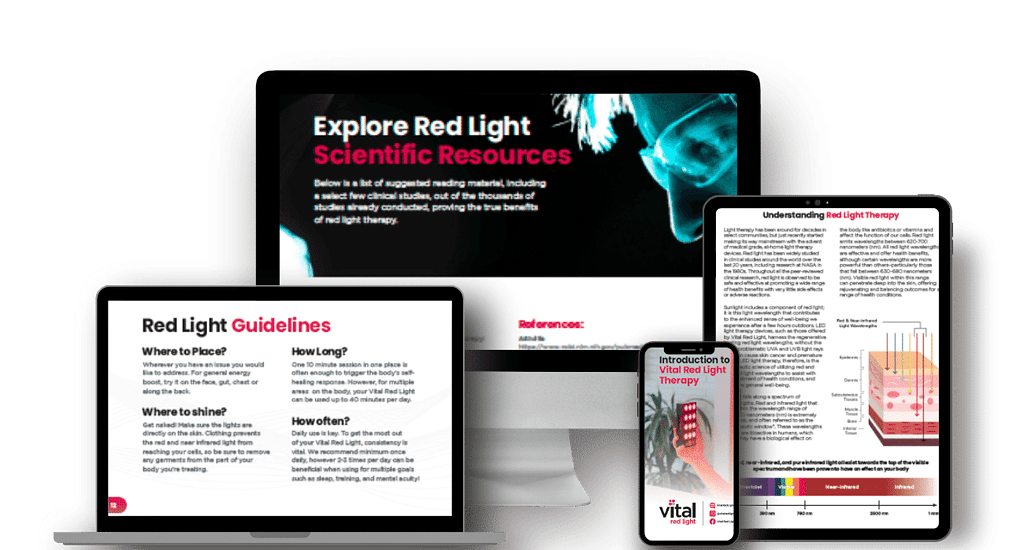
Explore Related Articles
Red Light Therapy Morning Ritual
Why Use Red Light Therapy?
Red Light Therapy Benefits & How it Works
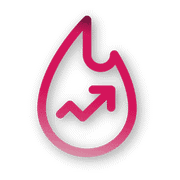
Explore Red Light Devices
Vital Pro is a targeted red and near-infrared LED light therapy device that improves skin health, promotes full-body wellness, and improves cellular health.




